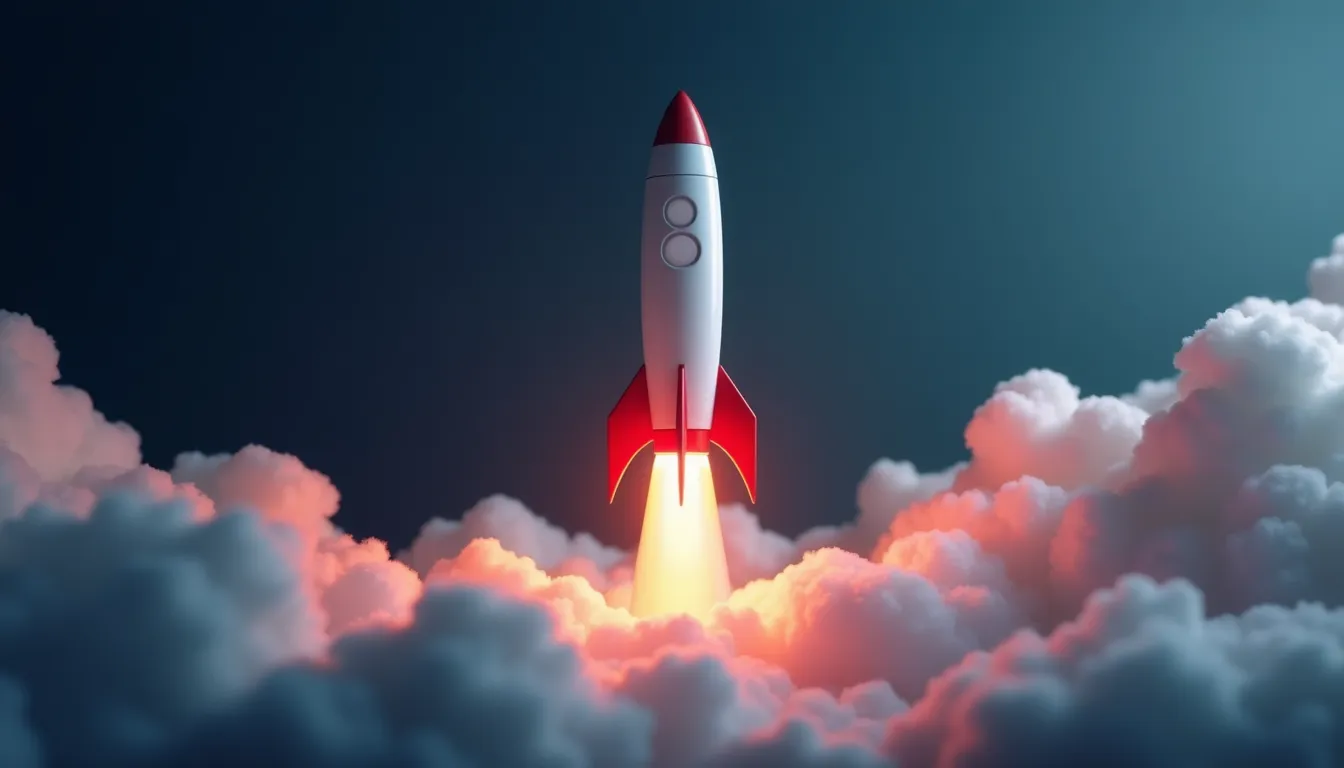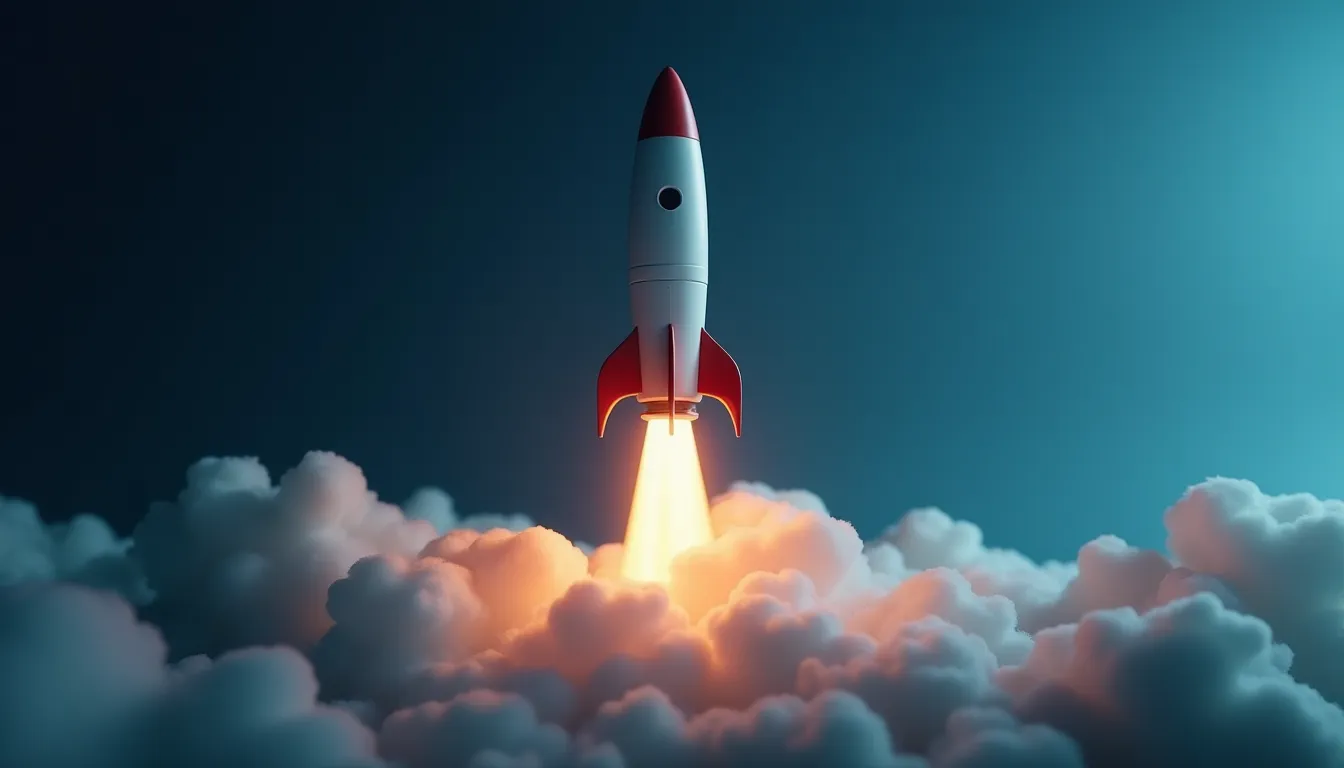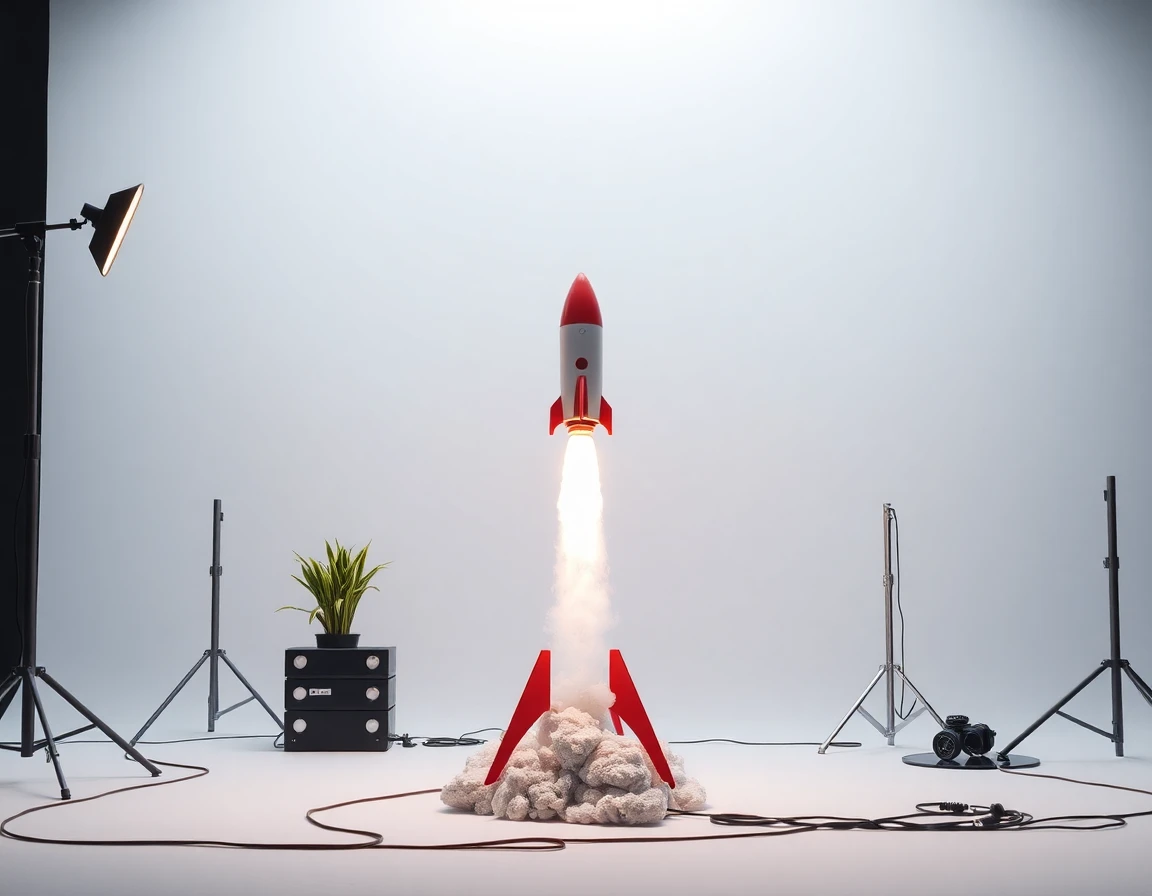The rocket sector has witnessed remarkable advancements in recent weeks, with significant launches and mission developments primarily driven by industry leaders SpaceX and NASA. As both organizations push the boundaries of aerospace technology, this article delves into recent milestones, highlighting the implications for future missions and innovations in rocket science.
SpaceX’s Falcon 9 Launch Cadence
SpaceX continues to demonstrate its operational efficiency with the Falcon 9 rocket, planning to execute over 100 launches from Florida by 2025. This ambitious target underscores SpaceX’s commitment to high-frequency launch operations, akin to airport-like activity. Notably, on September 25, 2025, a Falcon 9 successfully deployed 24 Starlink satellites from Vandenberg Space Force Base. This mission forms part of SpaceX’s ongoing effort to expand its Starlink satellite constellation, which aims to provide global internet coverage.
In an impressive display of debris mitigation technology, SpaceX reported that up to 40 Starlink satellites recently experienced increased atmospheric drag at low altitudes, resulting in their safe reentry into Earth’s atmosphere without contributing to orbital debris. This proactive approach reflects SpaceX’s commitment to sustainable practices in space operations, addressing one of the industry’s critical challenges.
NASA’s Double Asteroid Redirection Test (DART)
On November 23 of the previous year, SpaceX also launched NASA’s Double Asteroid Redirection Test (DART) mission, marking a significant milestone as the first interplanetary mission for the Falcon 9 rocket. DART serves as a planetary defense test, utilizing a kinetic impactor to redirect an asteroid, thereby showcasing the potential of spacecraft to avert future threats to Earth. The mission successfully utilized a Falcon 9 first stage booster that had already flown twice, demonstrating the rocket’s reusability and reliability.
Upcoming Artemis II Mission Preparations
Looking ahead, NASA is gearing up for the highly anticipated Artemis II mission, slated for no later than April 2026. This mission will employ the advanced RS-25 engines along with solid rocket boosters, echoing the propulsion strategies utilized during the historic Apollo missions. Artemis II aims to demonstrate critical propulsion burns and rendezvous proximity operations in lunar orbit, paving the way for future crewed lunar landings.
NASA’s Artemis program embodies a transformative vision for lunar exploration, integrating advanced technologies that enhance mission safety and operational success. The meticulous preparation for Artemis II represents a leap forward in human spaceflight capabilities, emphasizing the importance of robust propulsion systems and precise navigation.
Launch of Space Weather Satellites
In addition to crewed missions, SpaceX’s Falcon 9 also launched three significant space weather satellites on September 24, 2025. This mission included NASA’s Interstellar Mapping and Acceleration Probe (IMAP) and two rideshare payloads: the Carruthers Geocorona Observatory and NOAA’s Space Weather Follow-On Lagrange 1 (SWFO-L1) spacecraft.
These satellites will play a crucial role in studying solar storms and the heliosphere, providing essential data for space weather forecasting and astronaut safety, especially pertinent to upcoming Artemis lunar missions. IMAP is designed to deliver approximately a 30-minute advance warning of solar storms, which can have detrimental effects on both satellite operations and human activities in space. The combined investment of $1.6 billion in these space weather missions underscores the commitment to understanding and mitigating the impacts of solar activity on technology and human endeavors in space.
Contributions from Advanced Research Initiatives
On the research front, the Pacific Northwest National Laboratory (PNNL) has recently joined a collaborative space research group, bringing its expertise in nuclear science and cybersecurity to the forefront of space technology development. Such partnerships are crucial for enhancing the resilience and security of aerospace technologies, particularly as missions become increasingly complex.
Additionally, NASA’s Centennial Challenges program continues to test robotic technologies intended for lunar exploration. Recent thermal vacuum chamber tests of robotic systems by Starpath demonstrate the importance of advanced robotics in supporting human missions to the Moon and beyond. Innovations in this area are vital for the success of future lunar bases and exploration missions.
Conclusion
The recent advancements in rocket technology and space missions highlight a new era of exploration and innovation in aerospace. With SpaceX’s rapid launch cadence and significant contributions to satellite technology, alongside NASA’s ambitious Artemis II mission and robust space weather monitoring initiatives, the future of space exploration is promising. As we look forward, the integration of advanced propulsion systems, precision navigational technologies, and enhanced robotic capabilities will be essential to achieving sustained human presence on the Moon and Mars. The aerospace and defense industries are poised for groundbreaking developments as these organizations continue to push the limits of what is possible in space.
References
-
Updates - SpaceX (www.spacex.com) Airport-Like Operations. SpaceX’s Falcon rockets are on track to launch more than 100 times from Florida alone in 2025, while other launch operators have …
-
Month: September 2025 (spaceflightnow.com) - 9/29/2025 Breaking News. [ September 25, 2025 ] SpaceX launches 24 Starlink satellites on Falcon 9 rocket from Vandenberg Falcon 9 · [ September 25, 2025 ] ULA launches …
-
Break the Ice Winner Starpath Tests Robot at NASA Marshall Thermal Vacuum Chamber (www.nasa.gov) - 9/27/2025
-
PNNL joins space research group, bringing its nuclear and cybersecurity expertise to new heights (www.tricitiesbusinessnews.com) - 9/27/2025
-
Liftoff! Three New Space Weather Spacecraft Soar into Florida Sky (science.nasa.gov) - 9/25/2025 Three New Space Weather Spacecraft Soar into Florida Sky. Image shows a SpaceX Falcon 9 rocket carrying NASA’s IMAP launching Wednesday, Sept.
-
A trio of space weather satellites blast off together to study the sun’s violent side (www.ap.org) - 9/25/2025 A trio of space weather satellites blast off together to study the sun’s violent side. This image provided by NASA in September 2025 …
-
Artemis II Mission Overview News Conference (Sept. 23, 2025) (www.youtube.com) - 9/23/2025 … space travel. Artemis II is scheduled for no later than April 2026 … Artemis II Science and Technology News Conference (Sept. 23, 2025).



